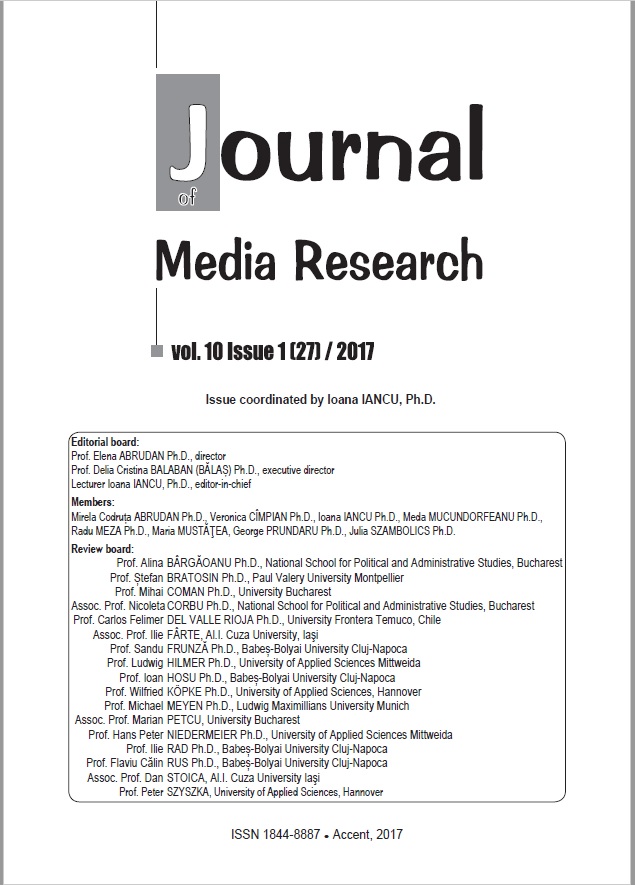How Women Made the News. A Case-Study of Femeia Magazine in Communist Romania under Ceaușescu
How Women Made the News. A Case-Study of Femeia Magazine in Communist Romania under Ceaușescu
Author(s): Sorana CONSTANTINESCUSubject(s): Social Sciences
Published by: Accent Publisher
Keywords: gender roles; mass-media; propaganda; communism
Summary/Abstract: In the Romanian communist regime, women’s status and emancipation were recurrent themes. Women’s representation in official propaganda was mainly conceived as the cultural component of the Party’s policies of social engineering, promoting the communist ideal of womanhood, which was both heavily burdened with multiple tasks that were necessary to the state, and shifted the aspects it emphasized and nuanced as the needs of the state changed. These needs had to be balanced with the P.C.R.’s ideological commitment to gender equality, according to which women have to be presented as equal citizens. However, between women's issues that needed addressing, sexist attitudes and prejudices within the Party leadership and rank-and-file, and the demands the State made on women, their citizenship ended up being heavily gendered. As we see both in the pages of Femeia magazine and in official speeches, despite its egalitarian pretense, the Party was dominated by a set of assumptions about womanhood, about women’s roles at home and in the workforce, and about motherhood as essential to being a woman. In this paper, I analyze Femeia from 1965 until 1978 in order to see if the main party policies did indeed make it through the magazine pages and how the communist propaganda proposed new and “improved” models of women as the Party’s agenda changed. In the Romanian communist regime, women’s status and emancipation were recurrent themes. Women’s representation in official propaganda was mainly conceived as the cultural component of the Party's policies of social engineering, promoting the communist ideal of womanhood, which was both heavily burdened with multiple tasks that were necessary to the state, and shifted the aspects it emphasized and nuanced as the needs of the state changed. These needs had to be balanced with the P.C.R.’s ideological commitment to gender equality, according to which women have to be presented as equal citizens. However, between women's issues that needed addressing, sexist attitudes and prejudices within the Party leadership and rank-and-file, and the demands the State made on women, their citizenship ended up being heavily gendered. As we see both in the pages of Femeia magazine and in official speeches, despite its egalitarian pretense, the Party was dominated by a set of assumptions about womanhood, about women’s roles at home and in the workforce, and about motherhood as essential to being a woman. In this paper, I analyze Femeia from 1965 until 1978 in order to see if the main party policies did indeed make it through the magazine pages and how the communist propaganda proposed new and “improved” models of women as the Party’s agenda changed.
Journal: Journal of Media Research - Revista de Studii Media
- Issue Year: 10/2017
- Issue No: 27
- Page Range: 32-41
- Page Count: 10
- Language: English
- Content File-PDF

